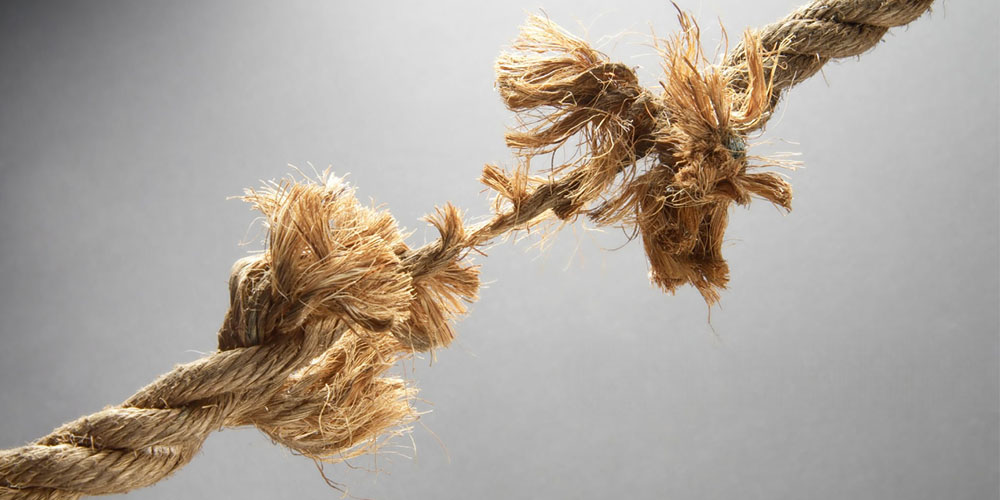Physical Address
304 North Cardinal St.
Dorchester Center, MA 02124
Physical Address
304 North Cardinal St.
Dorchester Center, MA 02124

Stretchy things can break. When you pull on a rubber band too much, it snaps! This is about tensile stress. It helps us know when things might break if we pull too hard.
Tensile stress happens when we pull on something. Think about pulling on a rope in a game of tug-of-war. The rope feels a force.
We can find tensile stress with this easy math:
Tensile Stress = Force ÷ Area
Let’s say it in words:
We measure it in Pascals (Pa). This is just a fancy word for how much pull something can take.
There are three main types of stress:
Think of a spring:
When you pull on something, it gets longer. This is like stretching a rubber band. But not all things stretch the same way!
There are two ways things stretch:
Young’s Modulus tells us how stiff something is. Think of it as how hard it is to stretch.
Let’s look at what happens when we keep pulling:
Not all things can be pulled the same way. Here’s why:
Tensile stress is all around us! Here are some cool examples:
The Golden Gate Bridge has big cables that feel lots of tensile stress. These cables are super strong with a tensile strength of about 1,700 MPa [^1]. They hold up 500 million pounds every day!
Bridges need strong parts that won’t break when pulled. The Tacoma Narrows Bridge fell down in 1940. It shows why we need to check for all types of stress, not just pulling [^2].
When people make new things, they test them for tensile strength:
Our bodies have tensile stress too!
Rocks can break under tensile stress:
Scientists use special machines to test how much pull things can take.
A Universal Testing Machine (UTM) pulls on things until they break:
Tests follow rules called ASTM E8/E8M to make sure they’re fair [^2].
People can make mistakes when testing:
These mistakes can give wrong answers!
After testing, we get numbers that tell us:
Engineers always add safety factors. This means they make things stronger than they need to be, just to be safe!
Let’s see how strong different things are:
| Material | Tensile Strength | Where We Use It |
|---|---|---|
| Steel (ASTM A36) | 400-550 MPa | Bridges, cars, tall buildings [^1] |
| PLA Plastic | 50-70 MPa | 3D printing toys and parts [^3] |
| Aluminum | 90 MPa | Bikes, cans, airplanes [^4] |
| Titanium | 1,000 MPa | Airplanes like Boeing 787 [^4] |
| Carbon Fiber | 3,000-7,000 MPa | Race cars, sports gear [^4] |
| Human Bone | ~150 MPa | Our bodies! |
This shows why we use steel for big bridges but plastic for toys!
If you pull past the elastic limit, the thing won’t go back to its old shape. Like if you stretch a spring too far, it stays long and floppy [^5].
Strength = how hard you can pull
Toughness = how much energy it takes to break Think of glass vs. rubber:
Glass is strong but not tough (breaks easily)
Rubber is less strong but very tough (hard to break)
Engineers use safety factors because:
Materials might have tiny cracks we can’t see
Storms or accidents might put extra pull on things
It’s better to be too safe than not safe enough!
Airplanes use special metals that can take lots of pull:
Sports gear needs good tensile strength:
Even in your house, tensile stress matters:
Think of it as “pull stress”:
Tensile stress helps us:
The next time you see a big bridge with cables, think about the tensile stress those cables feel. Or when your rubber band snaps, you’ll know it reached its ultimate tensile strength!
Remember: knowing about tensile stress keeps us safe and helps us make better things.
[^1]: Data from Xometry resources on tensile stress in 3D printing and engineering applications. (Also used for Steel strength) [^2]: Information about Tacoma Narrows Bridge and ASTM standards from Corrosionpedia. (Also used for ASTM standard) [^3]: Material properties data from SpecialChem Omnexus polymer database. (Also used for PEEK strength) [^4]: Engineering values for metal strength from Vaia engineering explanations. (Also used for Titanium and Carbon Fiber strength) [^5]: Explanation of elastic deformation from physics educational resources. [^6]: Data potentially related to structural failure statistics in aerospace. (Note: The source for this specific statistic isn’t explicitly cited in the footnote list, but it’s likely from an engineering or aerospace safety resource).